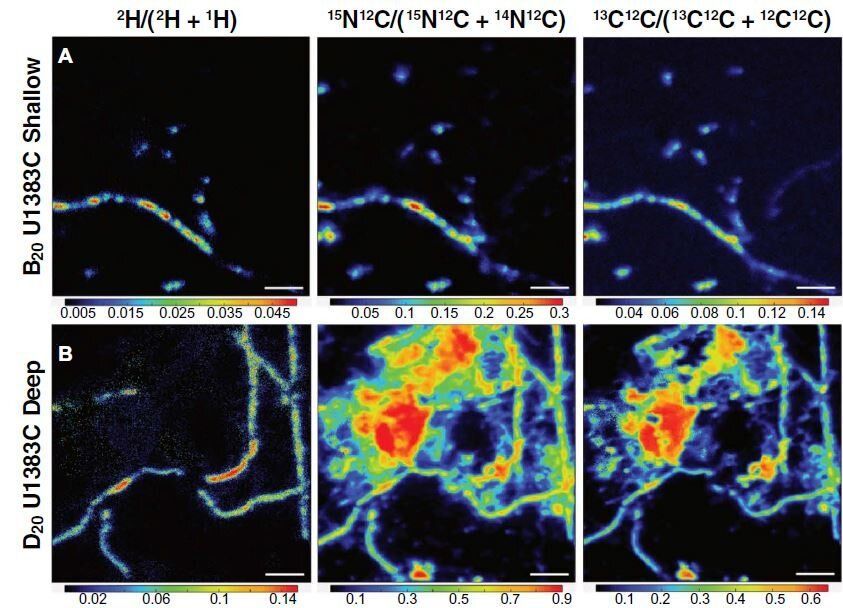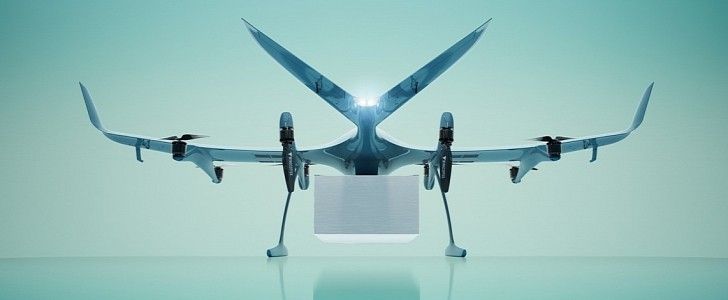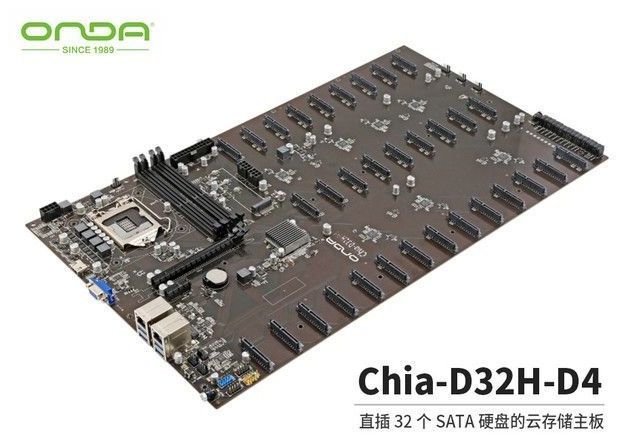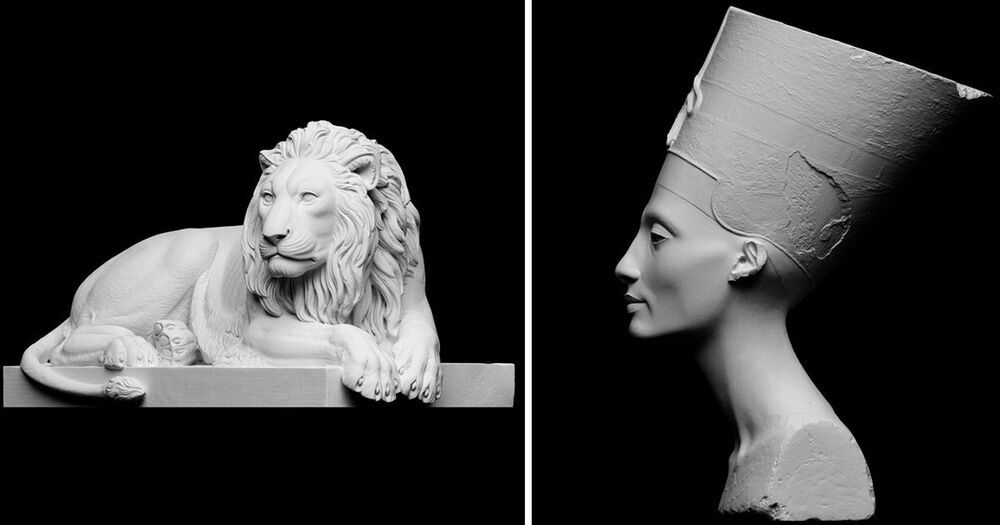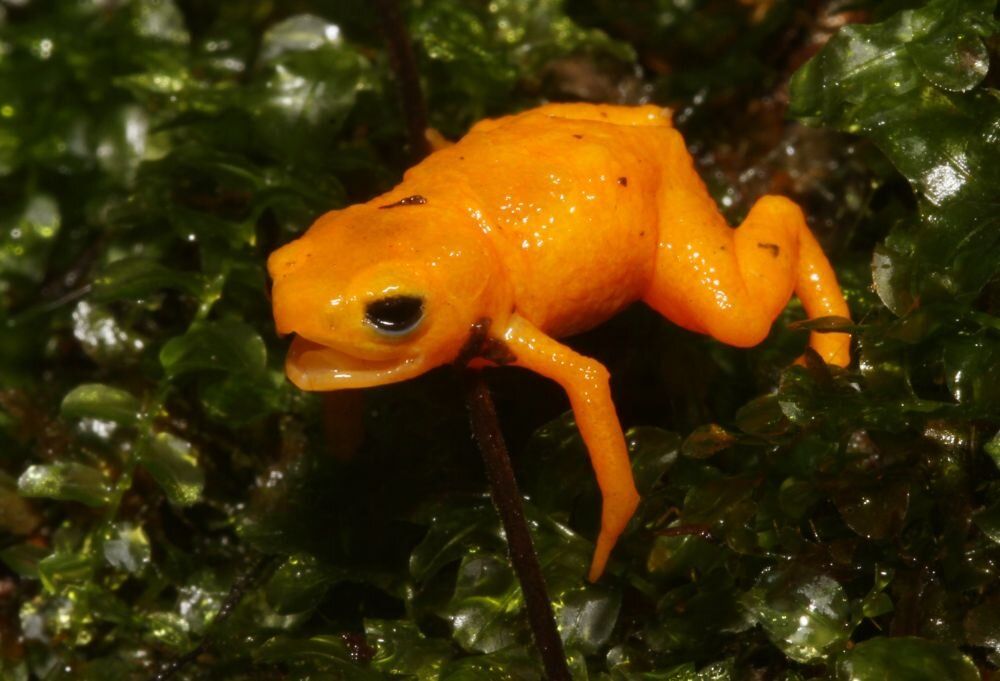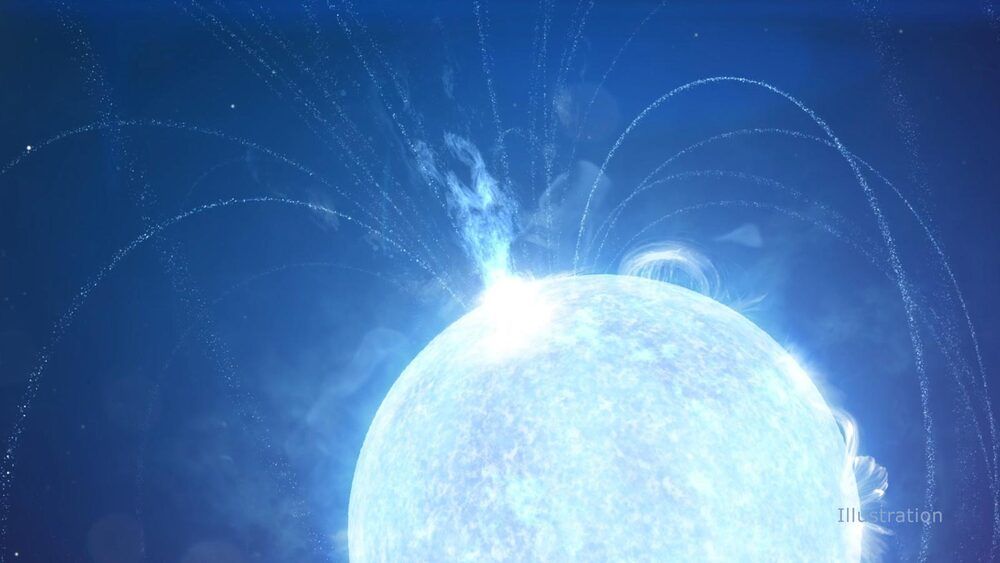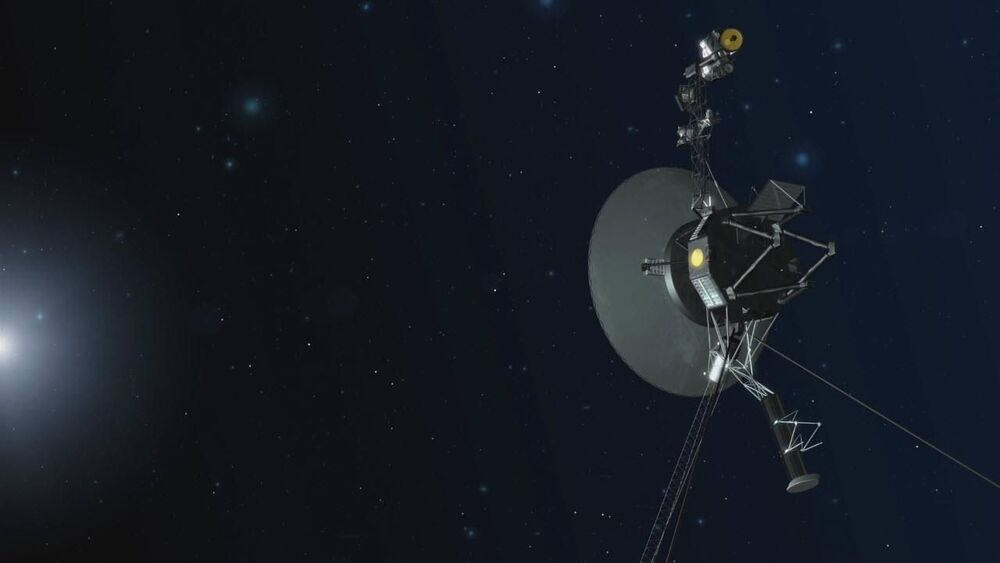Apr 29, 2021
Deep under the ocean, microbes are active and poised to eat whatever comes their way
Posted by Genevieve Klien in categories: biological, food, space
The subseafloor constitutes one of the largest and most understudied ecosystems on Earth. While it is known that life survives deep down in the fluids, rocks, and sediments that make up the seafloor, scientists know very little about the conditions and energy needed to sustain that life.
An interdisciplinary research team, led from ASU and the Woods Hole Oceanographic Institution (WHOI), sought to learn more about this ecosystem and the microbes that exist in the subseafloor. The results of their findings were recently published in Science Advances, with ASU School of Earth and Space Exploration assistant professor and geobiologist Elizabeth Trembath-Reichert as lead author.
To study this type of remote ecosystem, and the microbes that inhabit it, the team chose a location called North Pond on the western flank of the mid-Atlantic Ridge, a plate boundary located along the floor of the Atlantic Ocean.
